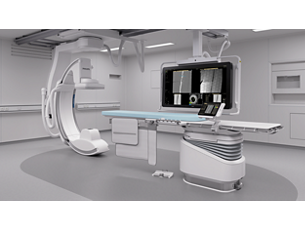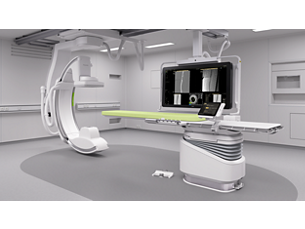
SmartCT Soft Tissue
Imaging technology
Acest produs nu mai este disponibil
Caută produse similareSmartCT Soft Tissue offers a Cone Beam CT (CBCT) acquisition technique augmented with step-by-step guidance, Advanced 3D visualization and measurement tools all accessible on the touch screen module at table side. To support you in acquiring CBCT images first-time right [1] and to streamline your workflow, you are guided through key steps. Once the CBCT scan is successfully performed, the acquired 3D image is automatically displayed in the SmartCT 3D visualization tool with the adequate rendering settings and the 3D measurement tools tailored for the selected 3D protocol.


